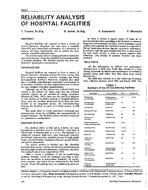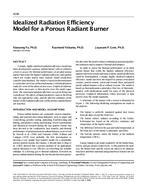Exposure to volatile organic compounds (VOCs) under bad air circulation has been an indoor air quality (IAQ) concern in schools and other buildings for many years. In order to reduce children’s exposure to pollutants in classrooms, it is necessary to understand the effects of ventilation on school air quality and then develop an appropriate ventilation strategy. This study examines VOCs, CO2, and air exchange rate (AER) in 144 classrooms at 37 conventional and high-performance elementary schools in the U.S. to characterize the ventilation effects on indoor air quality. In all cases, the AERs were very low during both occupied (1.6 ± 1.9 h-1) and 2-day periods (0.8 ± 0.9 h-1), much lower than the specified minimum AER of 3.6 h-1 in accordance with ASHRAE 62.1. These low AERs resulted in cumulative VOC (BTEX, terpenes, formaldehyde, and TVOCs) concentrations, which was consistent with both the user-associated and the emission types of VOC sources that were present in schools. In the future, green building rating schemes should give more IAQ considerations to create healthier and more productive IAQ for students.
Citation: 2018 Annual Conference, Houston, TX, Conference Papers
Product Details
- Published:
- 2018
- Number of Pages:
- 8
- Units of Measure:
- Dual
- File Size:
- 1 file , 3 MB
- Product Code(s):
- D-HO-18-C049


